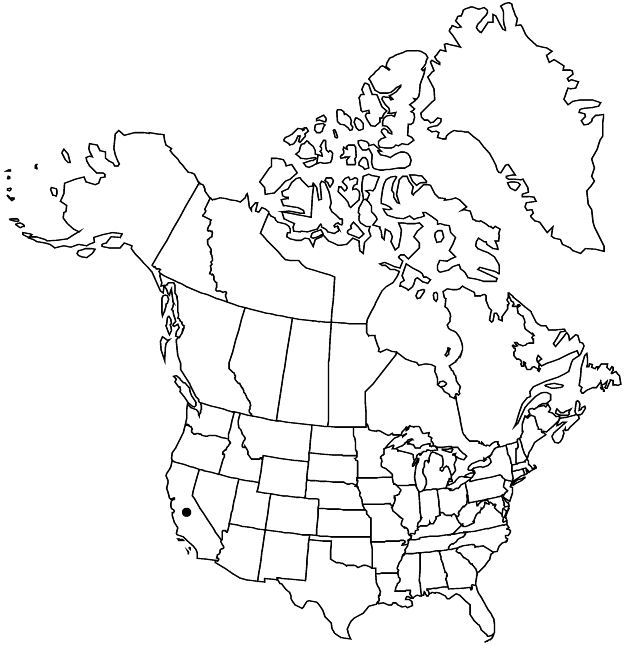Difference between revisions of "Ceanothus jepsonii var. albiflorus"
Leafl. W. Bot. 3: 231. 1943.
Endemic
FNA>Volume Importer |
FNA>Volume Importer |
||
| Line 51: | Line 51: | ||
|publication year=1943 | |publication year=1943 | ||
|special status=Endemic | |special status=Endemic | ||
| − | |source xml=https://jpend@bitbucket.org/aafc-mbb/fna-data-curation.git/src/ | + | |source xml=https://jpend@bitbucket.org/aafc-mbb/fna-data-curation.git/src/f6b125a955440c0872999024f038d74684f65921/coarse_grained_fna_xml/V12/V12_996.xml |
|genus=Ceanothus | |genus=Ceanothus | ||
|subgenus=Ceanothus subg. Cerastes | |subgenus=Ceanothus subg. Cerastes | ||
Revision as of 18:22, 24 September 2019
Stems erect. Flowers: sepals and petals white. Capsules ± oblong. 2n = 24.
Phenology: Flowering Feb–Apr.
Habitat: Rocky serpentine slopes and ridges, chaparral.
Elevation: 300–1000 m.
Discussion
Variety albiflorus occurs in the inner North Coast Ranges from Glenn County south to Napa County.
Selected References
None.
Lower Taxa
None.
